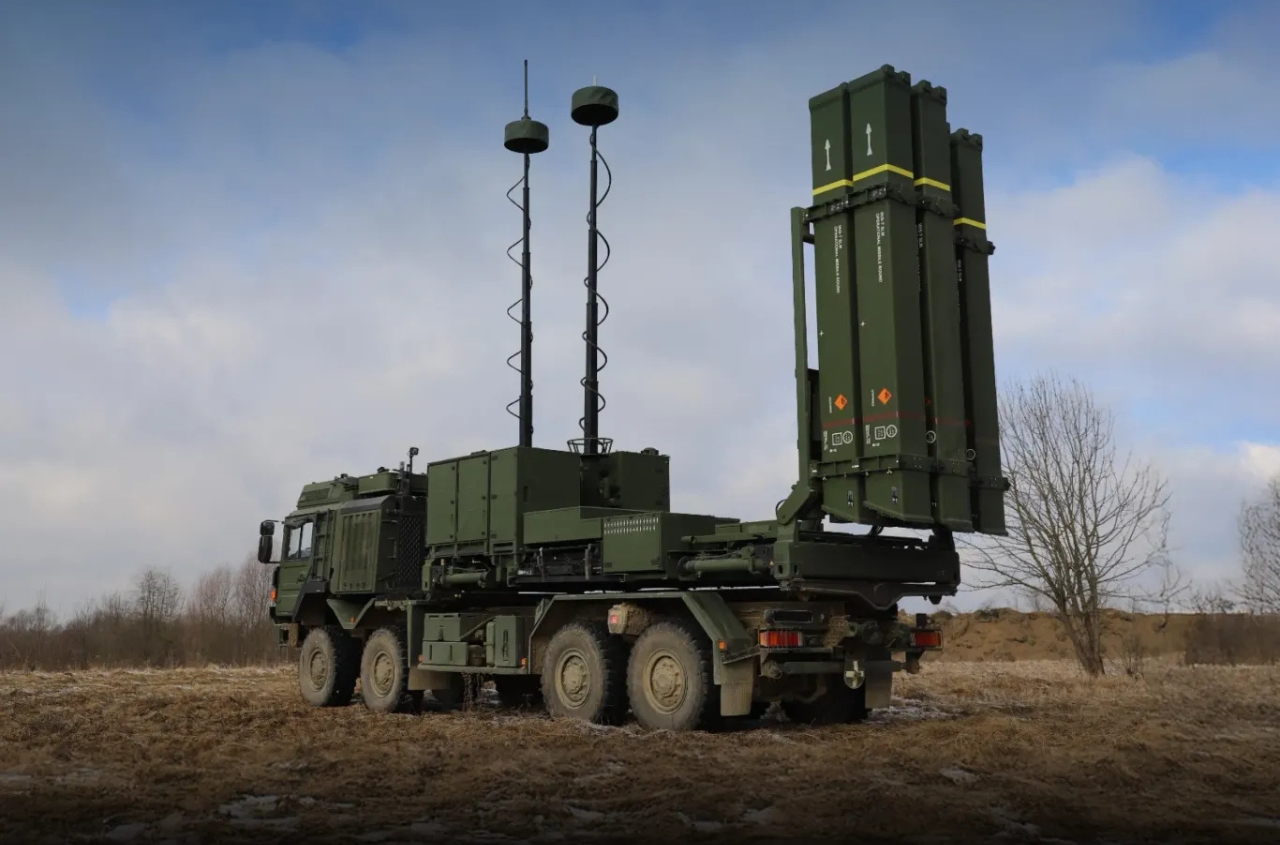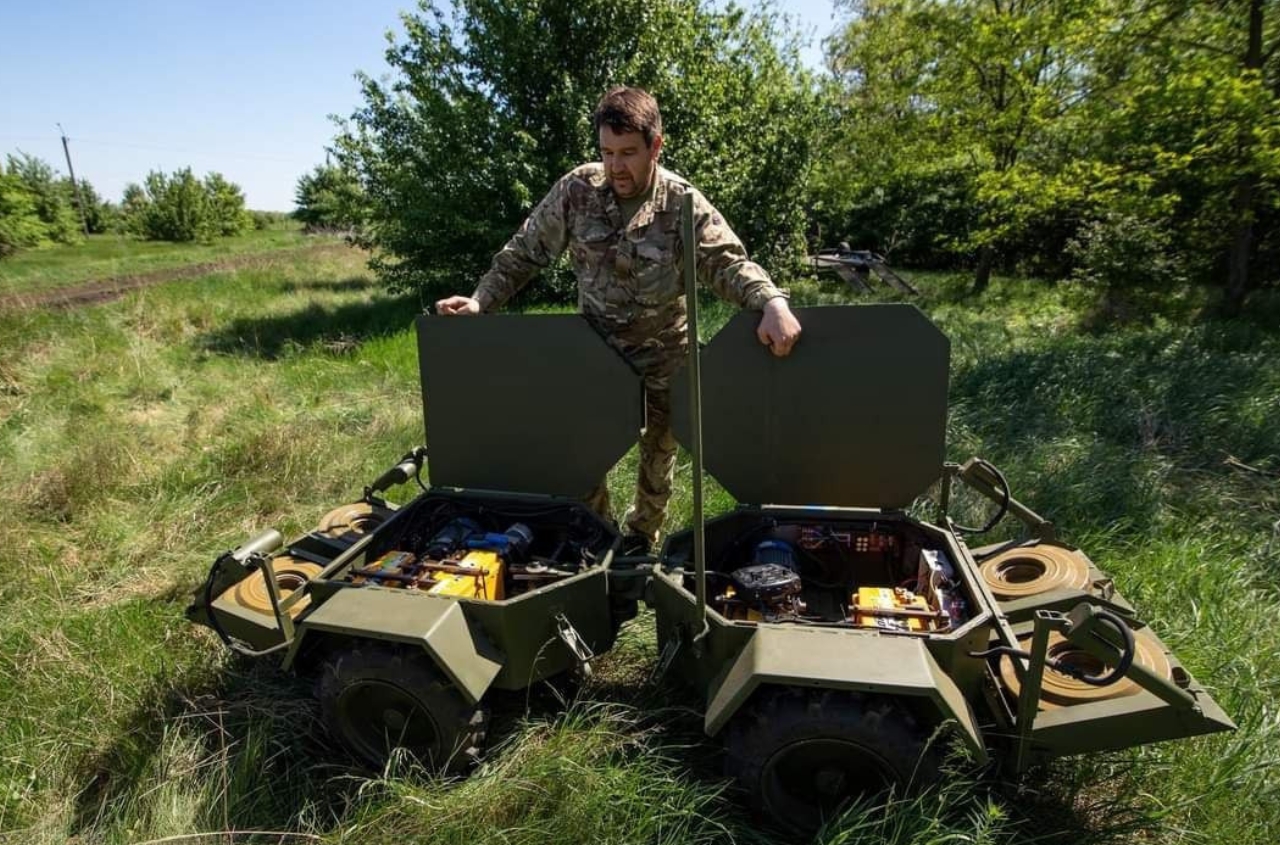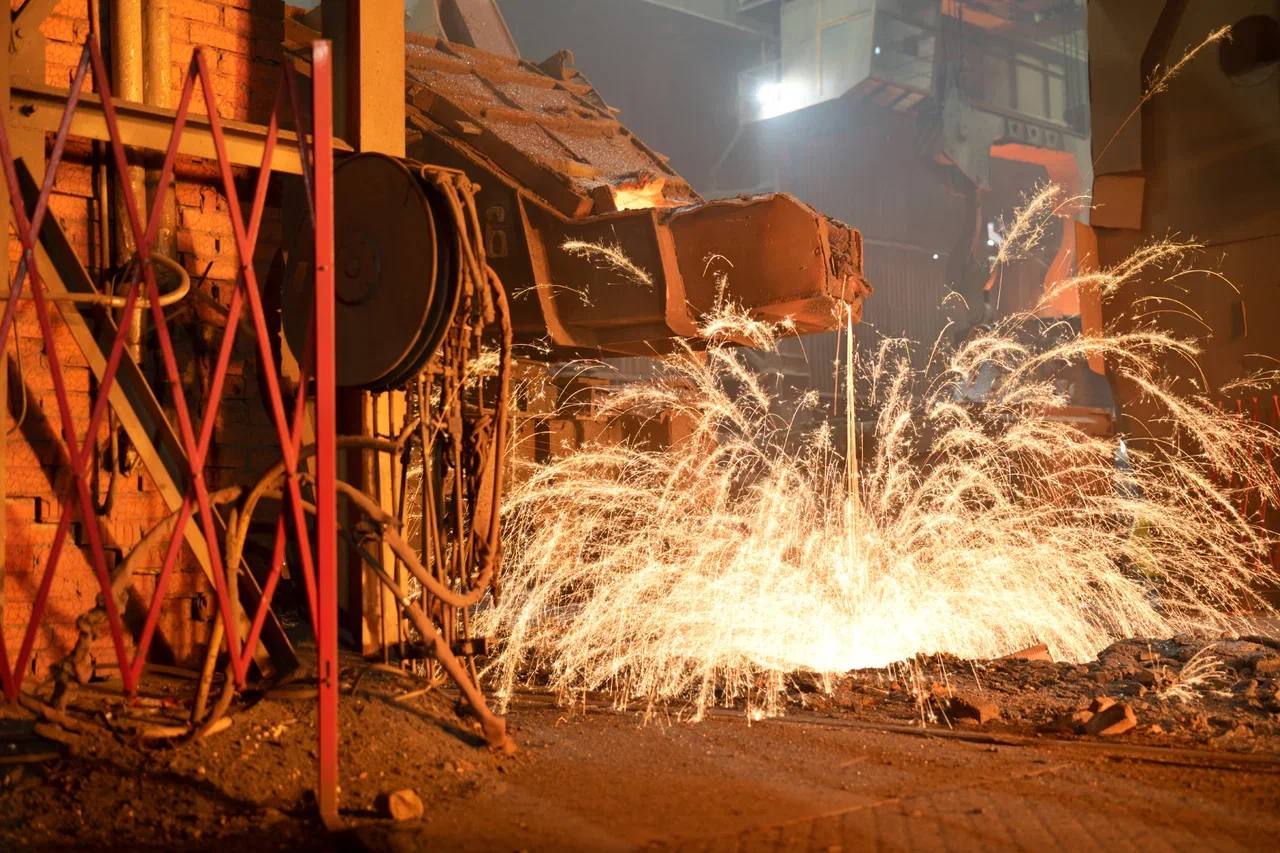By Serhiy 'Flash' Beskrestnov for Yuriy Romanenko’s channel
We’ve been saying from the start, and even before, that the main threat for us is the Shaheds (drones). They have attacked various infrastructure facilities. Now the Russians are beginning to focus heavily on attacks in the frontline zone — roughly within a range of 50–60 kilometers.
A wide range of UAVs is flying into this zone, starting from simple FPVs, which now fly 30–40 km using relays — something that never happened before — to “Molniya”-type drones, made from improvised materials.
The BM-39 UAV is the one that haunts Sumy and Kramatorsk every day. These are B2 drones with artificial intelligence, targeting frontline zones. There are also several others.
This progress, in particular, is connected to the creation of the Russian unit Rubicon. For those who don’t know, this is one of the elite units of the Russian Federation. It’s not even just a unit; it’s a center.
For instance, just as we have CSO Alpha, they have a UAV technology center called Rubicon, personally overseen by the Russian Minister of Defense.
This center manages the full cycle: UAV testing, UAV development, pilot training. They also have combat units deployed on the fronts. It was this unit that forced us to withdraw from the Kursk region. They hit our logistics, attacking our roads on that axis from two sides.
Now these units are learning to carry out long-range attacks, targeting infrastructure in frontline zones.
What do they hit? The power system — sub-stations are attacked. Residential buildings are hit as well. We see them particularly in Kramatorsk.
In Sumy, I recently posted a video showing such a UAV attacking the Sumy city administration — a shooting every day.
These UAVs attack, in particular, and also Lancets targeting checkpoints. Recently, they have begun striking agricultural facilities as well.
They destroy communications infrastructure. They attack mobile towers, even though they can clearly see that these towers do not have military antennas — only sector mobile antennas — and they attack them anyway. We try to repair them, because we understand that the residents in frontline areas — especially the elderly — would otherwise be completely cut off in these forests.
They attack fueling stations, agricultural facilities, as I mentioned — farm machinery. Recently, a farmer in Kherson was killed.
Our farmers are incredibly brave. When I travel along the fronts, sometimes it’s hard to put into words. You see columns of smoke, a battle is happening, and five kilometers away someone is plowing or harvesting with a tractor or combine — it’s unbelievable. People are trying to do agriculture, while the Russians are trying to harm us in every way, including through UAV flights, FPVs over long distances.
It all started along the road near Dobropillia (Donetsk region). They track the movements of our vehicles and attack them.
Their concept is clear: FPVs are disposable; they can’t return. The same applies to the Lancet drones. If they find a military target, they attack it. If there’s no military target, they attack any civilian vehicle without hesitation — children, civilians, buses.
This has always shocked me, because I understand that any military pilot has some moral boundary. Taking responsibility for the death of civilians — say, in Donetsk region, farmers — requires a rare kind of depravity, honestly.
Even if the FPV isn’t being reused, they just discard it. These are not military targets: minibuses carrying civilians, clearly marked with “children” signs, as we can see.
A decent person would never do such things. Clearly, these people have no morality.
In short, the rear threat is the Shaheds, which continue to perfect their technology.




















